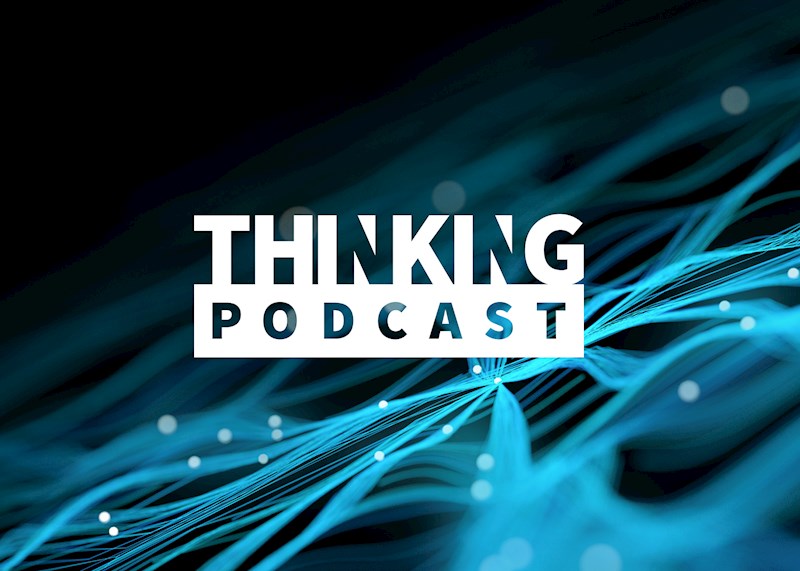The U.S. consumer today, in aggregate, is in a decent place. Balance sheets are relatively healthy, the unemployment rate at 4.3% is at the level the Fed and most others estimate the NAIRU (non-accelerating inflation rate of unemployment) to be, and while inflationary expectations are high by some gauges, those expectations are anticipated to moderate over the coming year as the impact from tariffs dissipates and slower employment helps inflation drift back to about 2.5% later next year. Meanwhile, consumer spending has moderated, but at least part of the slowdown is related to the combination of reduced immigration and lower labor force growth (areas the Fed can do little about).
Yet, nothing is ever perfect and scratching a little below the surface always reveals potential areas of emerging stress. One such area is the health of the lower-income consumer, and one increasing area of concern that keeps cropping up in our discussions with investors is the growing use of buy now, pay later (BNPL) credit facilities. In this Economics Weekly, Richard de Chazal discusses what these are and how much of an opportunity or threat they pose for the U.S. consumer today.



